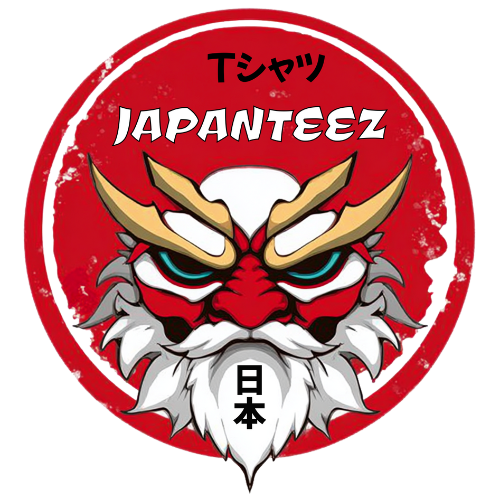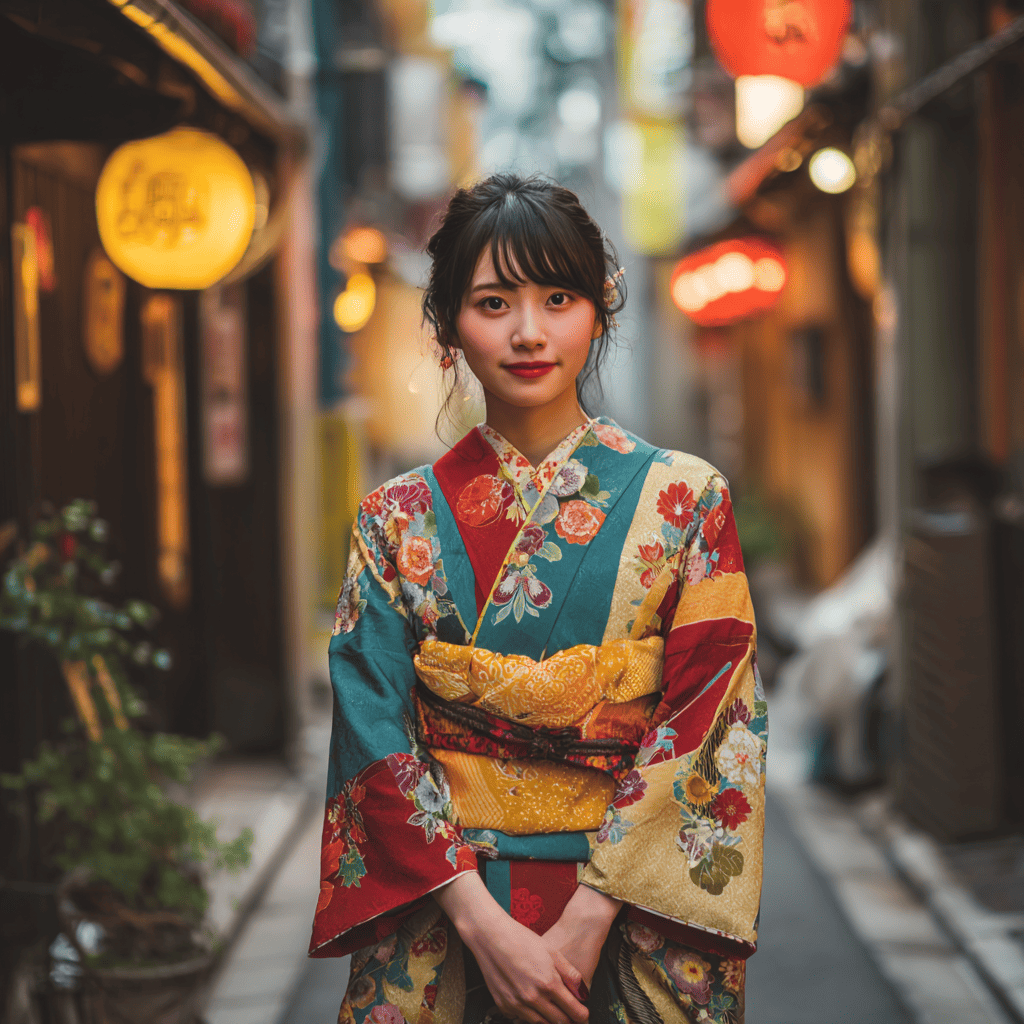What Is an Obi in Japan?
An obi in Japan is a traditional sash or belt used to secure and decorate clothing like the kimono or yukata. Unlike a normal belt, the obi is wide, often made of silk or cotton, and tied in elaborate knots at the back. Its role goes far beyond functionality: it expresses personality, status, and even the occasion being celebrated.
In short, the obi is:
- A belt that keeps the kimono in place.
- A symbol of beauty, since its patterns and knots add elegance.
- A cultural code, because the way you wear it can say a lot about you.
A Glimpse Into History: Where Did the Obi Come From?
The obi wasn’t always as wide and decorative as we see today. Originally, in Japan’s Heian period (794–1185), people used simple cords to fasten robes. Over time, especially during the Edo period (1603–1868), the obi grew wider and more complex, becoming an essential fashion element.
By the 18th century, the obi had transformed into something artistic. Craftsmen wove them with luxurious silk and gold threads, making them valuable family items passed down through generations. In many ways, the obi became just as important as the kimono itself.
Types of Obi: Not All Are the Same
One of the fascinating things about the obi is how many types exist. Each has its own role, formality level, and way of tying. Let’s explore the main ones:
H2. The Fukuro Obi
- Formality: Very formal.
- Use: Weddings, ceremonies, and official events.
- Look: Wide, often decorated with gold and silver embroidery.
H2. The Nagoya Obi
- Formality: Semi-formal.
- Use: Perfect for parties or casual gatherings.
- Look: Easier to tie, since it’s pre-folded in some sections.
H2. The Hanhaba Obi
- Formality: Casual.
- Use: Best with yukata (summer kimono).
- Look: Narrower, simple designs, often bright and playful.
H2. The Maru Obi
- Formality: The most formal of all.
- Use: Brides and geisha traditionally wore it.
- Look: Heavy, richly decorated, and very wide.
Each type of obi has a specific place in Japanese culture, and wearing the right one at the wrong event would feel out of place—like wearing flip-flops to a wedding.
The Art of Tying the Obi
Here’s where the obi really stands out. It’s not just wrapped and knotted like a scarf. The knot, called musubi, is often a work of art in itself.
Common Obi Knots (Musubi)
- Taiko Musubi (Drum Knot): Resembles a box or drum. It’s the most common style for formal occasions.
- Bunko Musubi (Box Knot): A casual knot that looks like a bow, often seen on younger women’s yukatas.
- Kai no Kuchi (Clam’s Mouth): Simple and functional, used more by men or for casual wear.
These knots don’t just decorate—they signal the wearer’s age, marital status, and the kind of event they’re attending.
Obi for Men vs. Obi for Women
Yes, men also wear obi, but in a simpler way.
- Men’s obi: Narrow, plain, and usually in subdued colors like black, brown, or gray. Functionality comes first.
- Women’s obi: Wider, decorative, and tied in elaborate knots at the back.
This difference reflects how kimonos traditionally worked in Japanese society: men’s clothing was understated, while women’s attire became a canvas for elegance.
Materials and Craftsmanship
An obi isn’t just a strip of fabric. The materials and the way it’s made are key.
- Silk: The most luxurious, soft, and elegant.
- Cotton: Lighter and more casual, perfect for summer.
- Synthetic fabrics: Common today, more affordable and easier to maintain.
Crafting an obi can take weeks. Traditional artisans weave them with care, adding patterns that might include flowers, cranes, or geometric designs—all with symbolic meaning.
Symbolism Behind the Obi
The obi isn’t random decoration. Its design often carries cultural symbols:
- Cranes: Longevity and good fortune.
- Cherry Blossoms: Beauty and the fleeting nature of life.
- Pine Trees: Strength and endurance.
Wearing a specific motif can be like sending a subtle message to those around you.
The Obi Today: Tradition Meets Modern Life
Even though people don’t wear kimono daily anymore, the obi is still alive in modern Japan. You’ll see it during:
- Festivals like Hanabi (fireworks festivals).
- Weddings and tea ceremonies.
- Coming-of-age ceremonies for young adults.
Interestingly, designers today experiment with obi-inspired fashion. You can find obi-style belts paired with dresses, jackets, or even used as modern accessories.
Why the Obi Matters
So, what is an obi in Japan really about? It’s not just fabric. It’s:
- History you can wear.
- A silent language of culture and tradition.
- A piece of art that transforms clothing into something special.
When someone ties an obi, they are tying centuries of tradition, beauty, and meaning around their waist.
Next time you see someone in Japan wearing a kimono with a beautifully tied sash, you’ll know that sash is the obi. You’ll also know it’s not only keeping the kimono in place—it’s telling a story.

